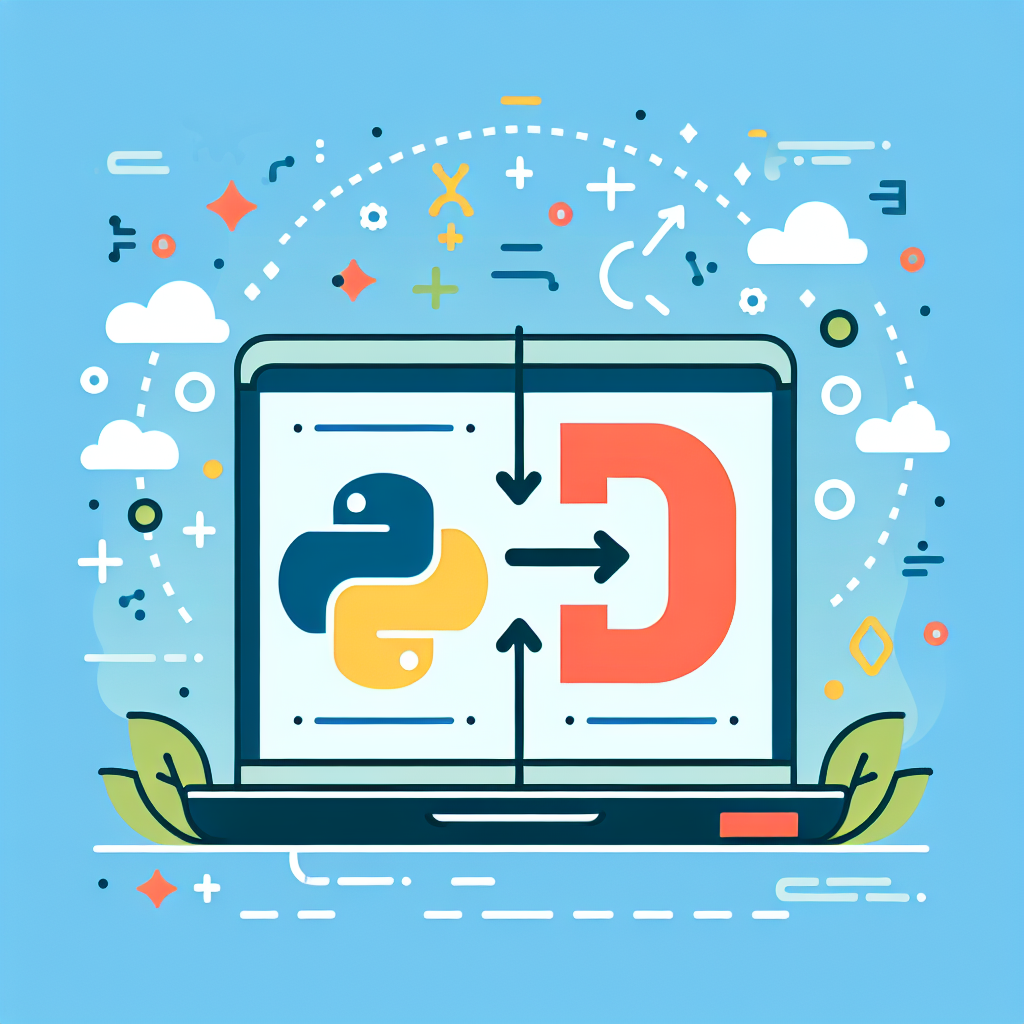Convert Python to R Code Effortlessly: Ultimate Tool
Effortlessly convert Python code to R with our intuitive tool. Enhance productivity and streamline data analysis. Try our Python to R converter today!
Source Code
Converted Code
Output will appear here...
The Python to R converter tool simplifies the transition between Python and R by seamlessly translating code, enhancing data analysis workflows and boosting productivity. Perfect for data scientists and statisticians, this tool bridges the gap between Pythons versatility and Rs statistical prowess, ensuring efficient cross-language compatibility. Boost your data insights with ease using this essential tool for Python and R users.

Python to R Conversion Tool Link to this section #
Effortlessly transition between Python and R with our Python to R conversion tool. Designed for data scientists, analysts, and statisticians, this tool simplifies the process of converting Python code to R, enabling seamless integration of both powerful languages in your data projects.
Key Features Link to this section #
- Automated Syntax Conversion: Transforms Python syntax to R, minimizing manual rewriting and reducing errors.
- Function Mapping: Recognizes equivalent functions in both languages, such as
pandastodplyrandnumpytomatrix, ensuring functionality is preserved. - Data Structure Conversion: Handles conversion of lists, dictionaries, and arrays, adapting them to R's data frames, lists, and vectors.
Benefits Link to this section #
- Time Efficiency: Speeds up the conversion process, allowing you to focus on analysis rather than code translation.
- Enhanced Collaboration: Facilitates collaboration in teams using both Python and R, broadening the scope of shared projects.
- Cross-Language Flexibility: Utilize the strengths of both languages, such as Python's machine learning libraries and R's robust statistical analysis capabilities.
Example Conversion Link to this section #
Here’s a quick look at how the tool converts a simple Python code snippet to R:
Python Code:
import pandas as pd
data = {'A': [1, 2], 'B': [3, 4]}
df = pd.DataFrame(data)
print(df)
R Equivalent:
library(dplyr)
data <- data.frame(A = c(1, 2), B = c(3, 4))
print(data)
Resources Link to this section #
For those seeking to harness the full potential of both languages, our Python to R conversion tool is an indispensable resource that streamlines workflows and enhances productivity across diverse data tasks.
Frequently Asked Questions
How can I convert a Python script to R?
Converting a Python script to R involves translating the logic and functions used in Python to their R equivalents. While there is no direct tool to automatically convert the entire script, you can manually rewrite the code by identifying similar libraries and functions in R. For example, data manipulation in Python using pandas can be translated to R using the dplyr package.
Are there any tools available to integrate Python and R?
Yes, there are several tools available to integrate Python and R, such as the 'reticulate' package in R, which allows you to call Python from R and vice versa. Additionally, Jupyter Notebooks support both Python and R, enabling you to run code from both languages in the same environment.
Which is better for data analysis, Python or R?
Both Python and R are powerful for data analysis, but they have different strengths. Python is often chosen for its versatility and ease of integration with other languages and tools, while R is renowned for its statistical analysis capabilities and rich ecosystem of data-specific packages. The choice between them often depends on the specific requirements of a project and personal preference.